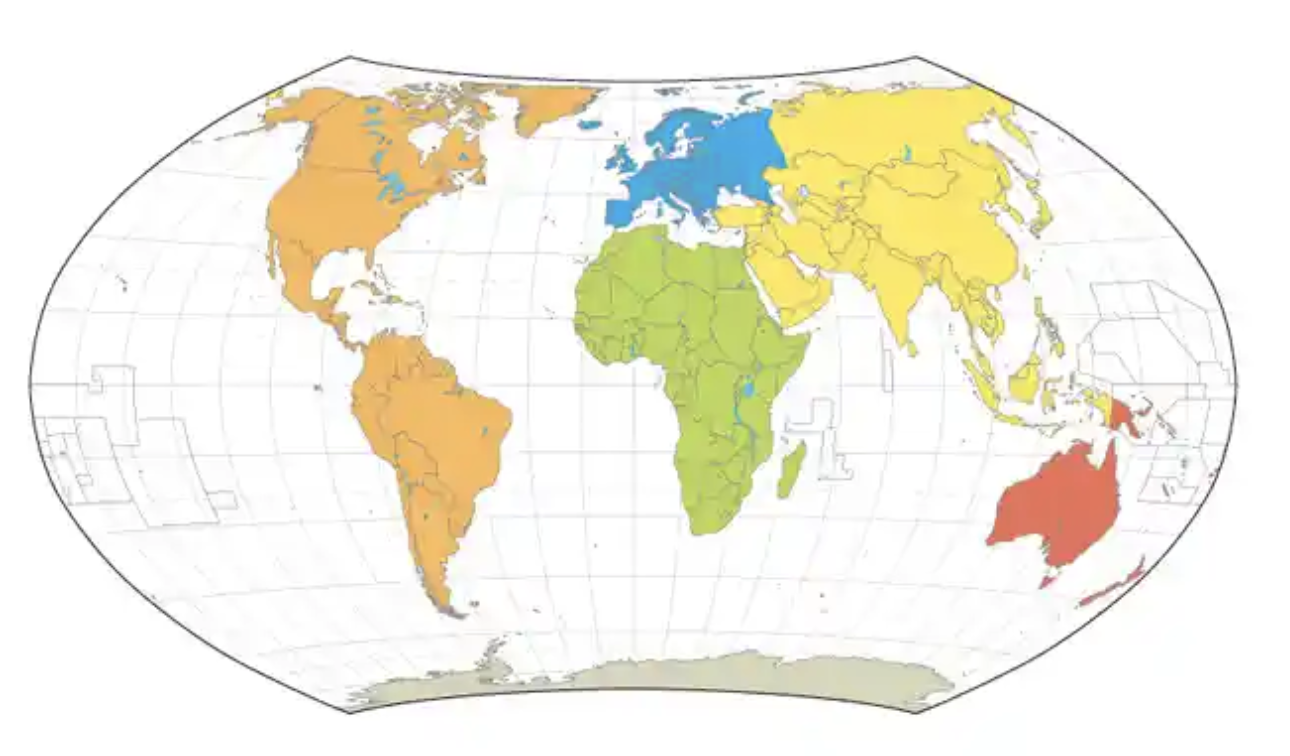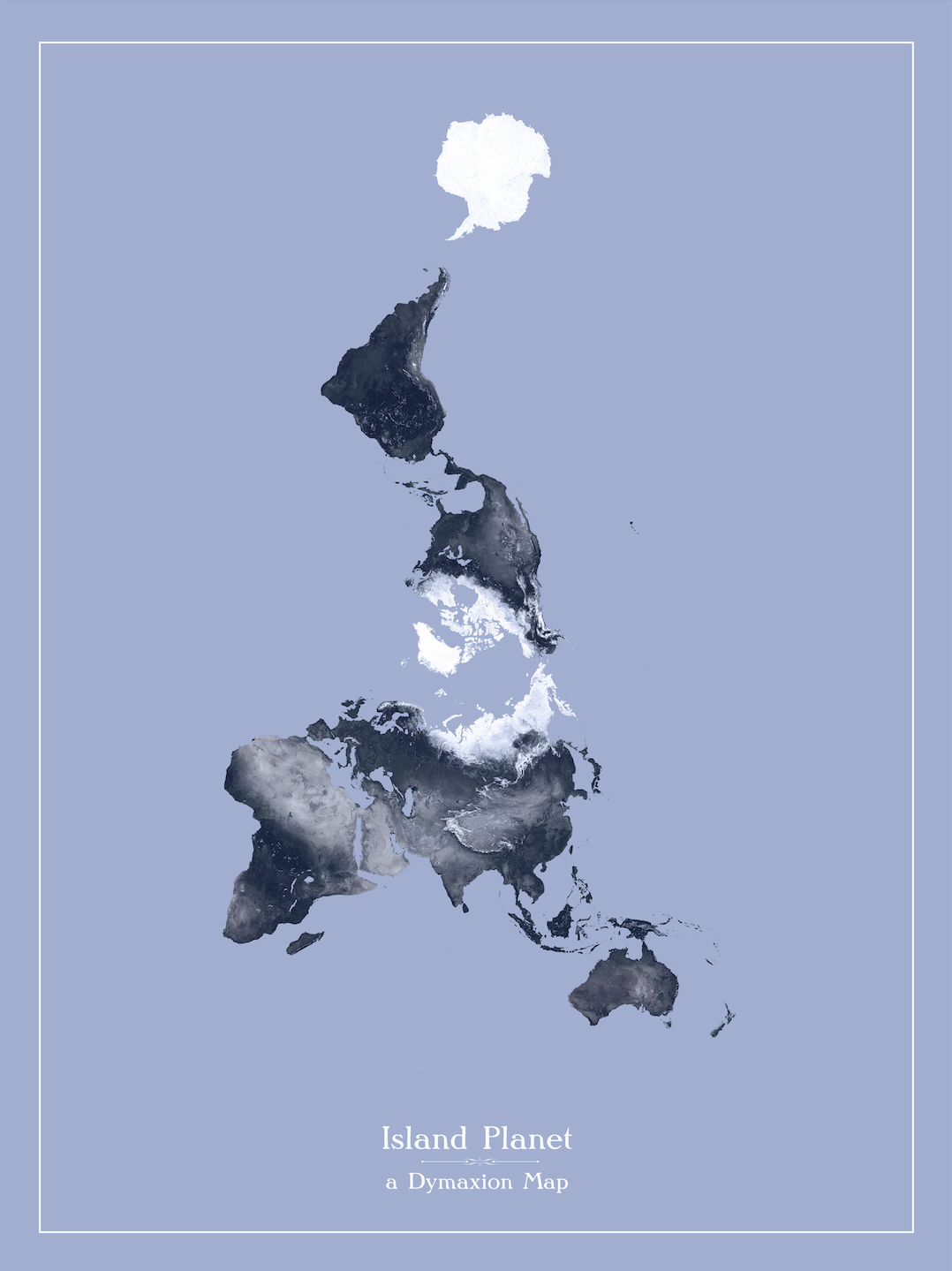We live on a flying space rock hurtling through the universe.
I was listening to a conversation with the comedian Pete Holmes who offhandedly said something like the above, and ever since then, this image has never left my imagination: we live on a flying space rock.
It is easy to forget we are flying through the universe on a ball of silicon and steel. After all, when I look around, all I can see is the stretch of land in front of me and the sky above me, tucking my reality into a neat, little bubble. Yet, if you can travel out far enough and see our ‘pale blue dot’ in the vastness of space, you’ll get a new perspective.
Buckle up, we are flying around the sun at 67,000 miles per hour. And our solar system is moving at a cruising speed of 448,000 miles per hour around a black hole. And our galaxy is moving at 1.3 million miles per hour through the vastness of the universe. This flying space rock of ours is hauling.
It is funny to bring this idea up because it’s kind of absurd. That is why Holmes uses it as a punchline. But Holmes owes the germ of his comedic insight to the author George Orwell who wrote back in 1937, “The world is a raft sailing through space.”
What a magical image! This space rock of ours is really a vessel, and we are all aboard.
The futurist Richard Buckminster Fuller further popularized this image in his book Operating Manual for Spaceship Earth. While human power struggles abound, and while resources are spread unevenly across the globe, we are, in the end, all in this together. “We are all astronauts,” he wrote.
Not only are we all aboard the same spaceship, but we are also all one big human family. The study of human genetics has concluded that every human alive comes from the same great, great, great, great grandmother, Mitochondrial Eve. We all come from the same set of brothers and sisters. Every human on earth has an invitation to the biggest family potluck ever to be thrown.
The ancient Hebrew scriptures proposed the same idea; that every tribe and nation ultimately came from one family, and that every conflict between tribes is really a sibling rivalry gone awry.
The Christian scriptures share a vision of a renewed earth where every tribe and nation is unified around the Christ, the cosmic King, who is making the many into one. This type of globalism isn’t about taking away the autonomy or uniqueness of any particular nation. In the last pages of the Bible, we don’t find a borg like humanity flattened out of its cultural uniqueness, rather we find the wonderful autonomy and diversity of all human nations working together with their unique gifts.
If we can step back and see our planet in a new light, maybe we can learn to trust each other and work together.
Richard Buckminster Fuller popularized the phrase “spaceship earth” to give us a global perspective. He also made a unique contribution to cartography to the same end. Since the earth is a globe, if you want to print it on a piece of paper you have to cut the globe apart and flatten it out, what we call map projections. There are many different techniques for this, and each has its own compromises.
The most famous map projection is the Mercator projection.
Mercator Projection
In this map, up is north, down is south, and the shape of continents remain accurate. It makes it an excellent map for navigation. The downside of this projection is that the farther from the equator the more landmass is inflated in size. This makes Greenland the size of South America (even though it is really 1/10 the size).
A map projection that keeps the sizes of landmasses more accurate is the Hammer projection, made by Ernst Hammer in 1892. But notice that with both of these projections there is vast stretches of ocean separating us from each other.
Hammer Projection
Enter our friend Richard Buckminster Fuller, who architected a new map called the Fuller Projection, or the Dymaxion map, which doesn’t care about ‘up and down’ at all (which are relative ideas anyway.)
Fuller Projection
This projection has a few unique advantages. First, it has less distortion of landmass compared to the Mercator projection. (Look at how Greenland is now clearly 1/10th the size of South America.) But most interesting, is that when unfolded like above, it shows that we aren’t on separate landmasses isolated from each other, rather we are one long stretch of land - one contiguous island.
The Fuller projection shows us that spaceship earth is one connected landmass shuttling through the unknown.
I love this map projection so much that I designed a poster to hang on my wall. You can download the full-res version here. I hope that as you look at spaceship earth through this lens, as one island planet, your imagination will allow you to remember that we are one large human family, in all our wonderful diversity.
Island Planet




